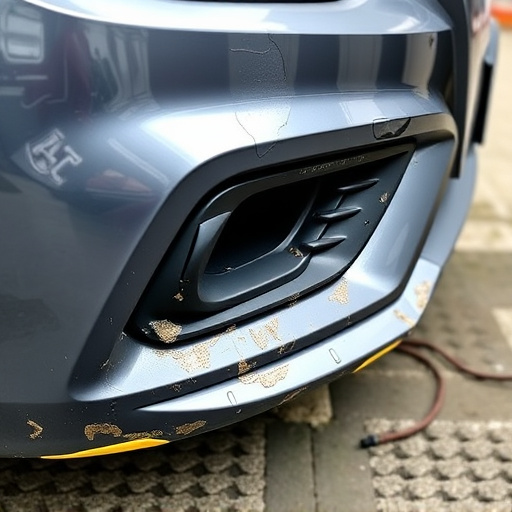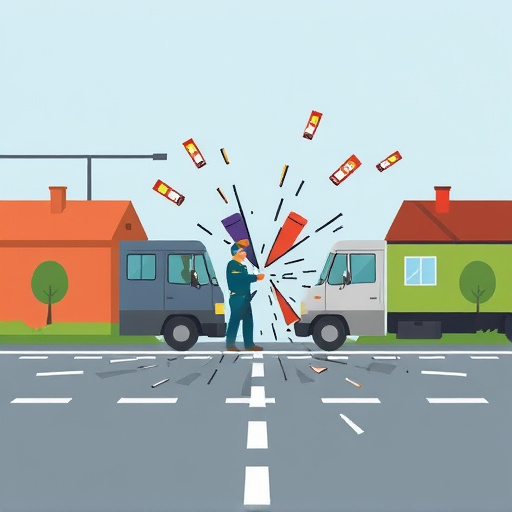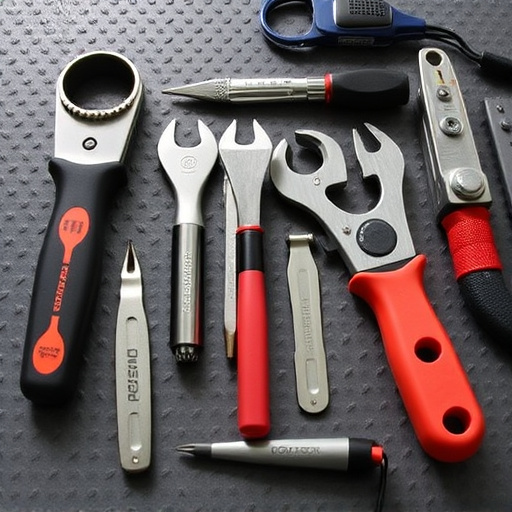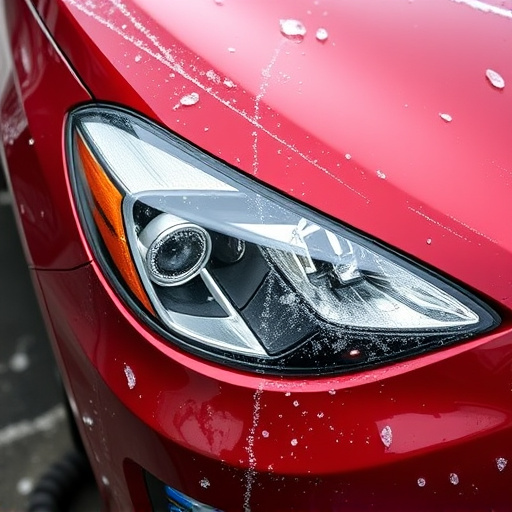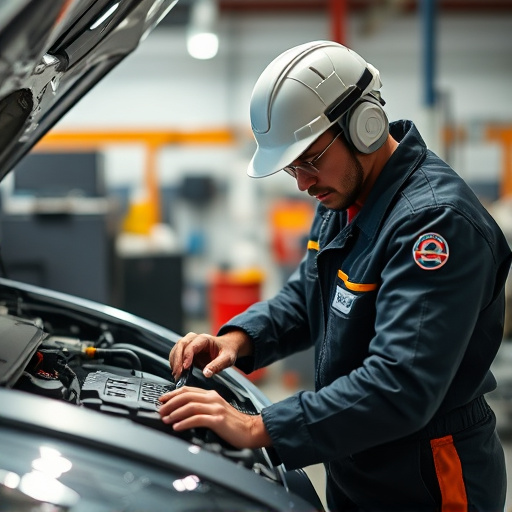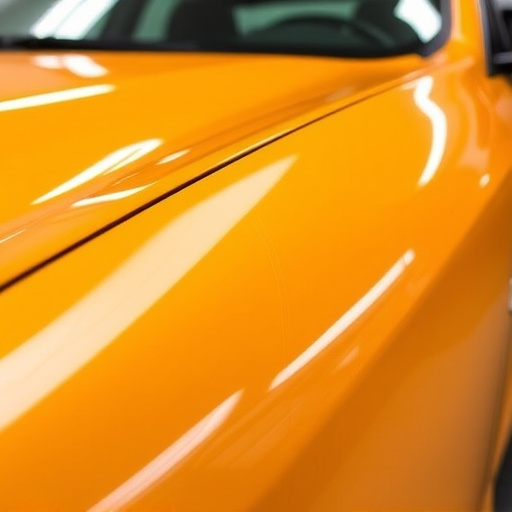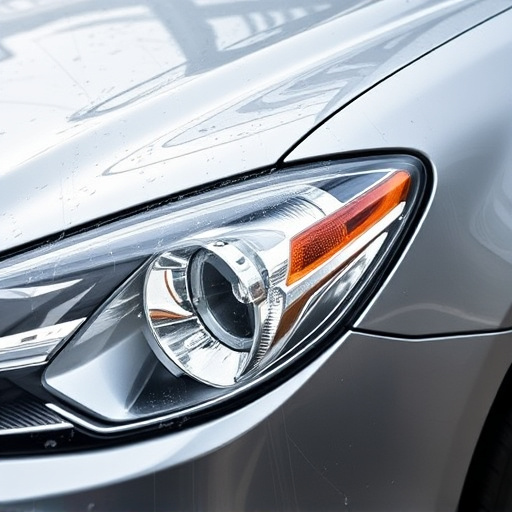Eco-conscious practices in color sanding and buffing auto body repairs reduce chemical emissions and dust pollution. Using low-emission tools, source dust capture systems, and water-based chemicals improves workshop air quality. Innovations like biodegradable abrasives and smart technology further enhance sustainability in the automotive industry, aligning with consumer demands for greener services.
In today’s eco-conscious world, understanding the environmental implications of manufacturing processes is paramount. Among these, color sanding and buffing techniques in various industries have significant impacts on the environment. This article delves into the intricacies of these practices, exploring their effects on ecosystems and resources. We present sustainable solutions for conservation efforts and discuss emerging eco-friendly trends in color sanding and buffing, offering a roadmap towards a greener future for these processes.
- Understanding the Impact of Color Sanding and Buffing
- Sustainable Practices for Environmental Conservation
- Future Trends: Eco-Friendly Color Sanding Techniques
Understanding the Impact of Color Sanding and Buffing
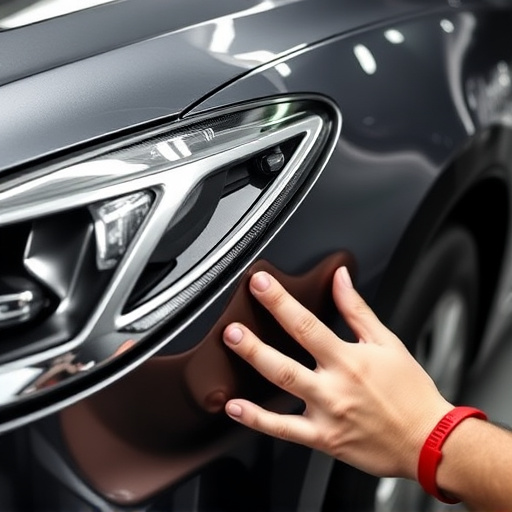
Color sanding and buffing are essential processes in the automotive industry, particularly for collision damage repair and car dent removal. These techniques involve the use of specialized tools and abrasives to reshape and refinish painted surfaces, aiming for a flawless finish. However, understanding the environmental impact of these practices is crucial. The process generates dust and debris that can contain harmful chemicals, including volatile organic compounds (VOCs) and fine particles, which can contribute to air pollution if not properly managed.
In collision repair services, where color sanding and buffing are frequently employed, adopting eco-friendly methods can make a significant difference. This includes using low-emission equipment, capturing and filtering dust at the source, and opting for water-based or less toxic chemicals. Such practices not only ensure better air quality in workshops but also contribute to the overall sustainability of the automotive aftercare industry, aligning with growing consumer expectations for greener collision repair options.
Sustainable Practices for Environmental Conservation
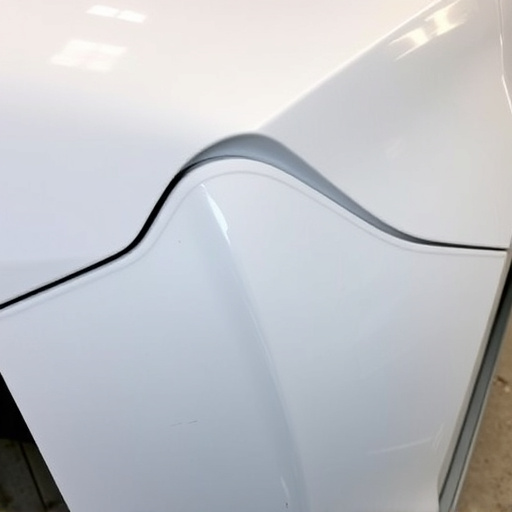
In the realm of color sanding and buffing, sustainable practices play a crucial role in environmental conservation. This process, integral to classic car restoration and automotive restoration projects, involves careful management of materials and waste. By adopting eco-friendly techniques, professionals can minimize the ecological footprint associated with these intricate tasks. One key approach is utilizing water-based abrasives and biodegradable compounds, reducing the reliance on harsh chemicals that can contaminate soil and water sources.
Additionally, proper disposal methods are essential. Responsible businesses invest in advanced recycling systems to reclaim and reuse sanding dust and buffing materials, preventing them from ending up in landfills. This not only lessens pollution but also conserves resources by eliminating the need for virgin materials in car collision repair scenarios. Such sustainable practices not only benefit the environment but also contribute to a greener and more responsible automotive industry.
Future Trends: Eco-Friendly Color Sanding Techniques
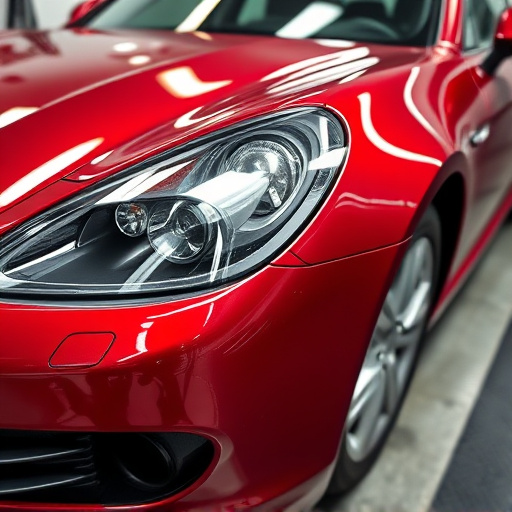
As the automotive industry continues to evolve, so does the demand for efficient and environmentally conscious practices in vehicle restoration and refinishing. Future trends in color sanding and buffing aim to minimize the ecological footprint left by traditional methods. One prominent direction is the development of eco-friendly abrasives and polishing compounds that degrade naturally without releasing harmful chemicals. These innovative solutions not only reduce pollution but also offer superior performance, ensuring a smoother finish with fewer passes.
Additionally, advanced technology is being integrated into sanding and buffing equipment to optimize energy usage and minimize waste. Smart tools equipped with sensors can adapt to the surface’s condition, applying the right amount of pressure and material removal, which reduces the need for excessive sandpaper or polishing agents. This shift towards sustainability in color sanding and buffing not only benefits the environment but also aligns with consumer preferences for greener automotive services, much like the focus seen in Mercedes-Benz collision repair and auto glass replacement industries.
In conclusion, embracing sustainable practices in color sanding and buffing is a vital step towards minimizing the environmental footprint of these processes. By understanding the impact of these techniques and exploring eco-friendly alternatives, we can contribute to a greener future without compromising quality. The emerging trends in eco-conscious color sanding offer promising solutions for a more harmonious relationship between industry and nature. It’s time to dive into these innovations and ensure that our pursuit of aesthetics doesn’t come at the cost of our planet’s well-being.


